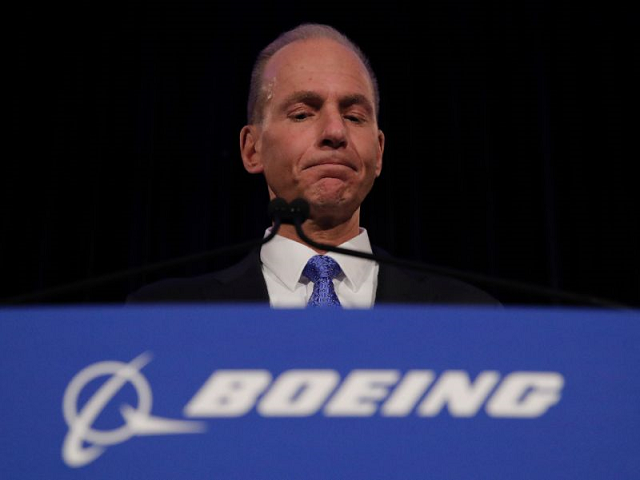
Boeing said that management was unaware of the issue until the crash in Indonesia, which killed 189 people, and the planes were not grounded until after another of the type operated by Ethiopian Airlines went down several months later, leaving a further 157 people dead.
Boeing plane skids into Florida river in crash-landing, no fatalities
According to Boeing, a supposedly standard piece of equipment that tells pilot about disagreements between angle of attack (AOA) indicators - which measure the plane's angle vis-a-vis oncoming air to warn of impending stalls - did not in fact activate unless an additional optional indicator was purchased by airlines.
That left airlines that did not buy the optional indicator - including both Lion Air and Ethiopian Airlines - without the safety feature.
Faulty angle of attack indicator information may have played a role in both of the deadly crashes, causing the 737 MAX anti-stall system to unnecessarily activate and push the nose down toward the ground even as pilots fought to maintain altitude.
"In 2017, within several months after beginning 737 MAX deliveries, engineers at Boeing identified that the 737 MAX display system software did not correctly meet the AOA Disagree alert requirements," the aircraft manufacturer said in a statement.
"The software delivered to Boeing linked the AOA Disagree alert to the AOA indicator, which is an optional feature," it said. "Accordingly, the software activated the AOA Disagree alert only if an airline opted for the AOA indicator."
Boeing seeks to exit crisis mode as it reports results
A Boeing review "determined that the absence of the AOA Disagree alert did not adversely impact airplane safety or operation," concluding that "the existing functionality was acceptable until the alert and the indicator could be delinked in the next planned display system software update," Boeing said.
"Senior company leadership was not involved in the review and first became aware of this issue in the aftermath of the Lion Air accident."
Boeing's entire 737 MAX fleet has been grounded since shortly after the Ethiopian Airlines crash in March, while investigators study the incidents and engineers work on solutions.

















COMMENTS
Comments are moderated and generally will be posted if they are on-topic and not abusive.
For more information, please see our Comments FAQ